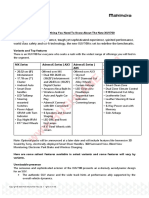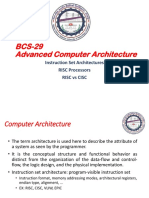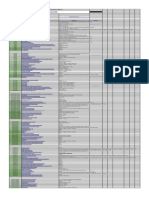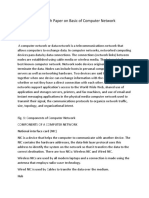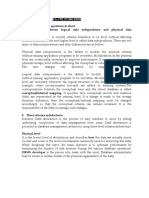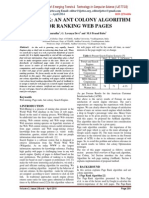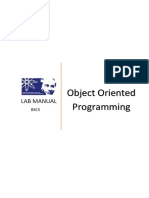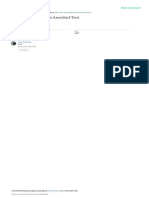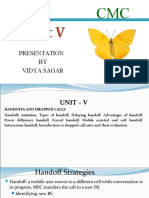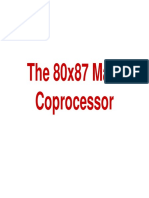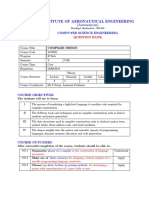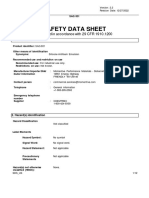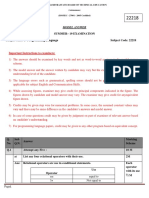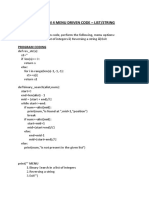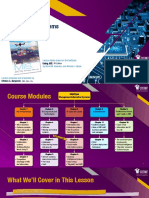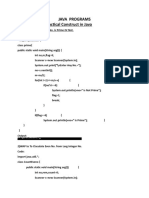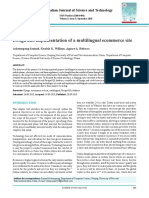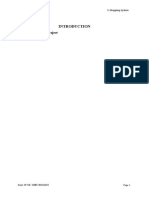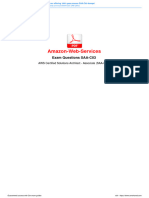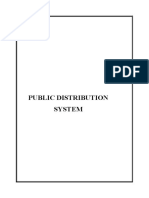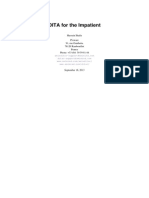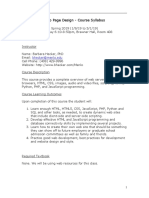100% found this document useful (1 vote)
699 views65 pagesYellow Pages
Here customer can ask his queries to the
chatbot assistant and get the answers.
Profile: Here customer can view and update his
profile like name, address, phone number etc. He can
also change password.
Bookings: Here customer can book the vehicles for
rental purpose by selecting date, vehicle type etc.
History: Here customer can view his past bookings
and transactions history.
Payments: Here customer can make online payments
for bookings against the invoices generated.
Feedback: Here customer can give feedback and
ratings about the services.
Messages: Here customer can view messages and
notifications from admin.
Logout: To logout from the application.
Uploaded by
Sonam AgrawalCopyright
© Attribution Non-Commercial (BY-NC)
We take content rights seriously. If you suspect this is your content, claim it here.
Available Formats
Download as DOC, PDF, TXT or read online on Scribd
100% found this document useful (1 vote)
699 views65 pagesYellow Pages
Here customer can ask his queries to the
chatbot assistant and get the answers.
Profile: Here customer can view and update his
profile like name, address, phone number etc. He can
also change password.
Bookings: Here customer can book the vehicles for
rental purpose by selecting date, vehicle type etc.
History: Here customer can view his past bookings
and transactions history.
Payments: Here customer can make online payments
for bookings against the invoices generated.
Feedback: Here customer can give feedback and
ratings about the services.
Messages: Here customer can view messages and
notifications from admin.
Logout: To logout from the application.
Uploaded by
Sonam AgrawalCopyright
© Attribution Non-Commercial (BY-NC)
We take content rights seriously. If you suspect this is your content, claim it here.
Available Formats
Download as DOC, PDF, TXT or read online on Scribd
/ 65
